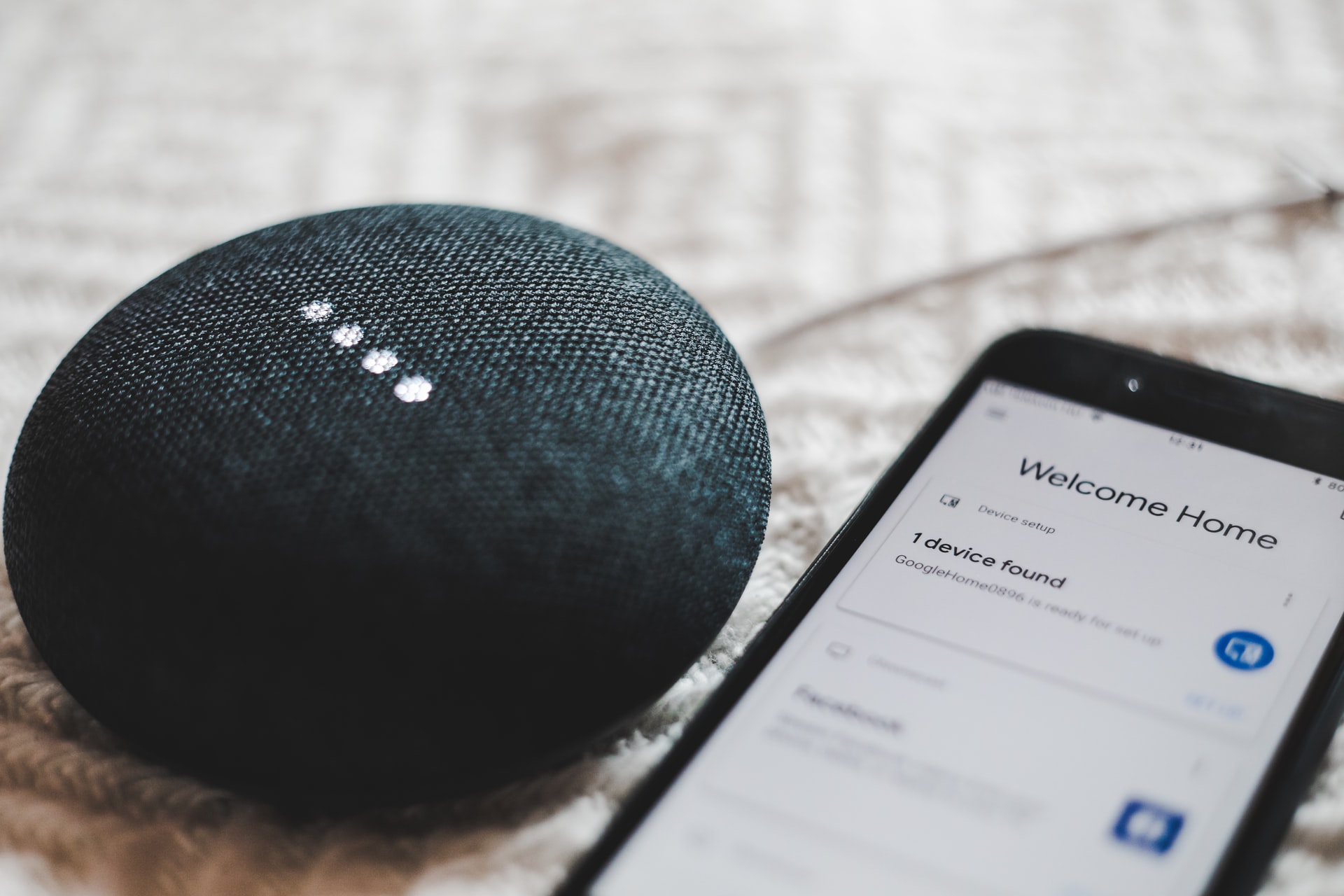Is IoT Hacking a Serious Threat to Consumers?
Thanks to the internet of things (IoT), it is possible to connect objects to the internet where they can collect and exchange data. While this is progressive and beneficial to consumers, it could also put them at risk.
This guide will explore Internet of Things hacking and answer the question: Is IoT hacking a serious threat?
How Hackers Exploit IoT Devices
Imagine a hacker attacking thousands of self-automated vehicles to harm passengers. This hacker would take over all the car operations allowing him to control functions like acceleration, the opening of doors, and steering. While most cyberattacks will only lead to loss of money and data, such an attack could lead to disabilities and even loss of lives. This is what makes IoT hacking a potentially serious threat.
Hackers exploit firmware vulnerabilities to attack IoT devices. Firmware provides an unprotected attack surface that hackers can use to access a network.
Some of these entry points for hackers include weak authentication mechanisms, debugging systems left behind by product developers, open-source code, and encryption keys.
The Threats of IoT Hacking
The IoT home devices market is growing rapidly. Experts predict that the market will hit a value of $53.5 billion by 2022. This growth is attracting hackers since some homeowners are not practicing safe security measures.
Additionally, IoT home devices are vulnerable to attacks because manufacturers design them with convenience in mind instead of security. Most smart home devices barely have any built-in security mechanisms.
But what would a hacker want with your smart refrigerator, TV, doorbell, security cameras, baby monitor, light bulbs, and thermostat?
Here are some of the ways hackers exploit IoT devices and what they gain from it.
1. Remote Recording of Homes
Hackers can use IoT devices to remotely record the activities taking place in your home. For example, these parents reported a cyberattack on their baby’s monitor, an incident that reveals how risky IoT devices are. Since smart baby monitors have cameras, criminals could use them to watch babies and their routines with ill intentions, such as kidnapping.
Furthermore, criminals could use your home security cameras to plan an invasion, to watch you and your family during intimate moments, and to harass you and your children. Once hackers compromise your security cameras, they could access other IoT devices in your home.
2. Botnet Attacks on Devices
Cybercriminals use botnets to take control of their target’s system and distribute malware or execute denial of service attacks. The Mirai botnet is an example of how dangerous IoT hacking can be.
College students were behind the 2016 attack which targeted gaming platforms like Minecraft. In the process of the attack, users on the US east coast could not access sites like PayPal, Twitter, and Amazon. Initially, the US government thought that this was an attack from a hostile nation.
The botnet infected many unprotected IoT devices, creating an army of routers and cameras ready for exploitation.
3. Data and Identity Theft
Hackers can attack smartwatches and smart home devices to steal your name, social security numbers, bank account details, and passwords.
They can use this data to register bank accounts and credit cards in your name, steal your money, empty your gift card balances or sell your information on the dark web.
How to Stay Safe
IoT hacking is a serious threat to consumers. Therefore, homeowners with IoT devices should take precautions to stay safe. Precautions that you can take include:
- Register your devices with the manufacturer and constantly run security updates to prevent hackers from taking advantage of vulnerabilities
- Create a secure Wi-Fi network by hiding your network from view, setting up a network name that does not reveal your address and location, and creating several networks with different usernames and passwords
- Research smart home devices before purchase to find out which security measures the manufacturers offer
- Enable 2-factor authentication to improve the security of your devices
- Change the default passwords and usernames on your devices
- Create strong and unique passwords
- Limit the number of people with access to accounts
- Unplug devices that you do not need every day
- If you are using your smartphone to control your home devices, secure it as well
- Audit your home devices to find out if you need new models
Unfortunately, it is effectively impossible to make your home IoT devices 100 percent hacker-proof. Therefore, the best way to stay safe is to avoid buying IoT devices period. The reality is, you don’t need them anyway.

